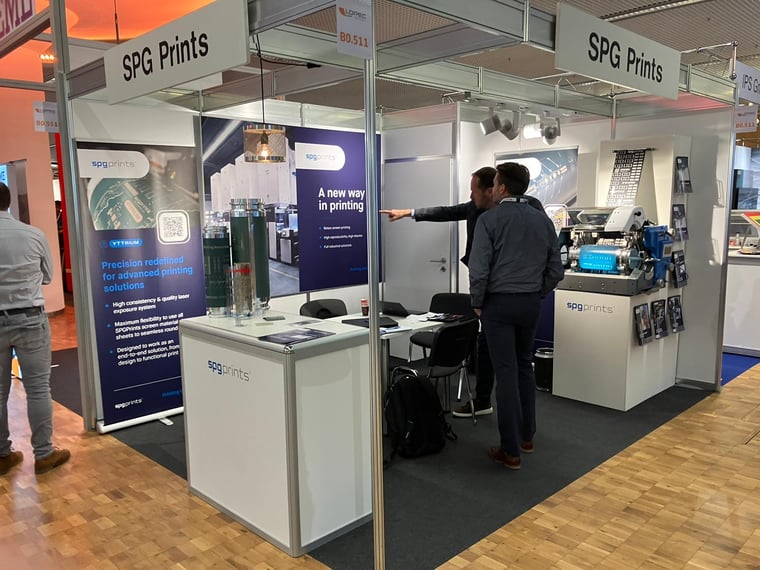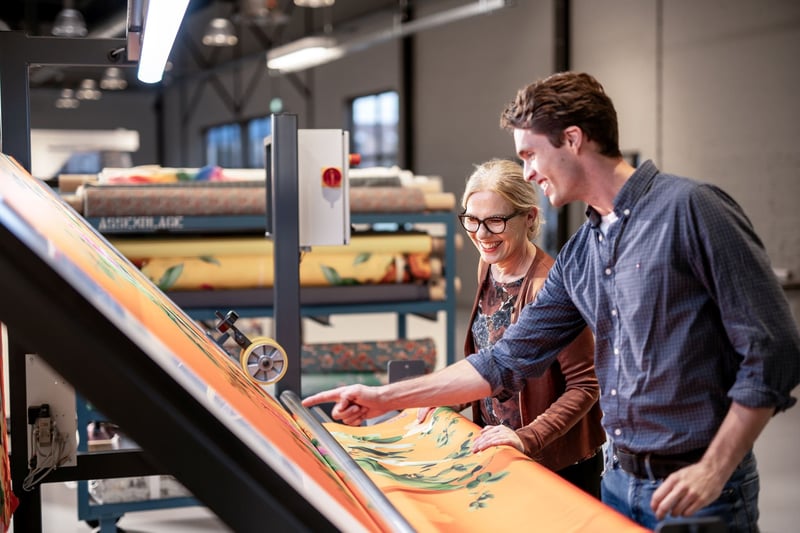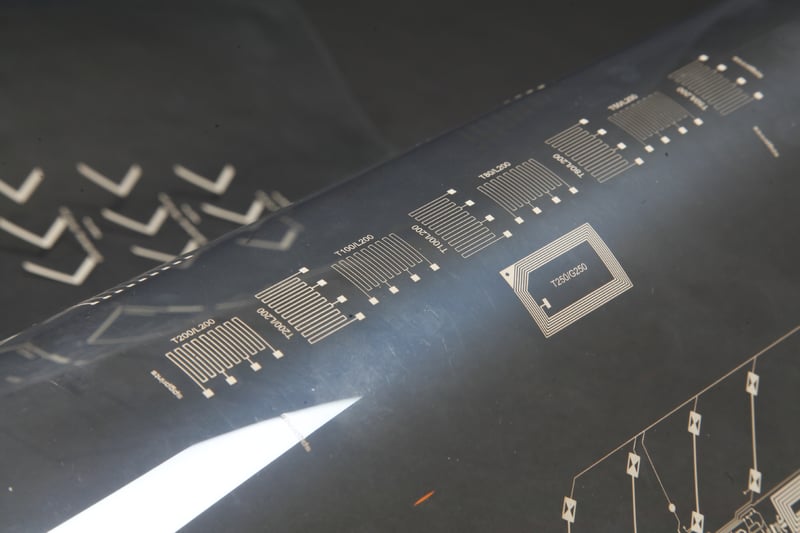Interesting developments in Automotive and Health Care
Interacting with fellow enthusiasts and pioneers in the printed electronics sector proved immensely rewarding. Conversations sparked creativity, as we exchanged ideas and delved into the boundless potential that lies ahead. Furthermore, our very own Daan de Kubber took the stage at the LOPEC Conference! He talked about the transition from lab-scale to industrial-scale equipment in printed electronics development, of which a summary can be found here. Of particular note too was the enthusiastic reception of our newly unveiled Yttrium laser, igniting curiosity and anticipation for the innovative advancements it heralds.
At the LOPEC 2024 trade fair, numerous fascinating developments in the field of printed electronics were presented. The event boasted a gathering of brilliant minds showcasing their ideas to the market. A common thread among these innovations was the significant progress seen in automotive and healthcare applications. In the automotive sector, displays included auto panels capable of changing colors, various sensors, and advanced seating solutions. Meanwhile, in healthcare, attendees witnessed integrated solutions designed for clothing, such as heart rate monitors embedded in sportswear or sensors integrated into socks and non-wovens. Additionally, there were notable advancements emerging from the integration of printed electronics with 3D printing technology and sustainable energy.
A changing demand for Roll-to-Roll-printing in Printed Electronics
Another fascinating trend in the Printed Electronics market is the transition of many companies from start-ups to scale-ups. As scale-up companies, they are now seeking ways to ramp up their production. They initially began with small volumes, primarily produced using flatbed printing. However, they are now encountering limitations in terms of speed, production, and labor with this method.
Therefore, it was advantageous that we were present with our Marble RSI-unit. This roll-to-roll solution enables the scaling up of printed electronics production. It can be seamlessly integrated into existing lines, or we can deliver a complete line, the Granit RSI-line, ourselves. We received numerous enthusiastic responses to these products, especially from those seeking ways to increase their production. However, many expressed concerns about the investment required for such products. Fortunately, this investment is almost always recouped in the long term, especially considering the growth of the printed electronics market. To illustrate this, we have designed a special calculator.




Try it yourself: Our Printed Electronics Calculator
The calculator is more than just a number cruncher. It's a sophisticated tool that guides you in understanding the economic implications of your printing choices. By inputting the following key data:
Units per year: The total production volume expected annually.
Units per meter: The amount of prints (sensors, antennas, etc.) per linear meter.
Labor cost per hour per operator: The human resource investment in your operation.
Number of print positions: The number of printing stations required for the application.
When considering whether Flatbed printing or RSI printing is the better option for your business, our innovative calculator provides a comprehensive overview to help you make an informed decision. Beyond just the numbers, we understand that various factors may impact your choice to transition to RSI printing. That's why our team of experts is readily available to provide personalized guidance tailored to your specific needs and requirements. Don't hesitate to reach out to us; we are eager to assist you in taking your business to new heights and achieving success in the dynamic world of printed electronics.





